From the CDC
June 26, 2019
Zika virus and chikungunya virus (CHIKV) have caused outbreaks in several tropical regions, including the Pacific (1). The first known Zika virus outbreak occurred in Yap Island (Federated States of Micronesia) in 2007 (2), followed by an explosive outbreak in French Polynesia in 2013–2014 (3), then other Pacific islands (4) and Latin America (5). CHIKV first appeared in the Pacific in 2011 (6), causing multiple outbreaks from 2013 onward (4).
In Fiji, the first confirmed Zika virus infections were detected in July 2015; these were locally acquired. By March 2016, a total of 13 confirmed infections had been reported (7). The first recorded CHIKV infection was an imported case detected in March 2015 (8); 24 autochthonous infections were identified by June 2016 (9). CHIKV and Zika virus were subsequently detected in travelers returning from Fiji (10,11). Outbreaks of dengue virus (DENV) have been recorded in Fiji (4,12), and evidence from other settings indicates that DENV and Zika virus can exhibit similar transmission characteristics in the same location (13). Despite enhanced surveillance, no large outbreaks of Zika or chikungunya were identified in Fiji, unlike in other settings (3,4). We describe the introduction, epidemiology, and transmission of Zika virus and CHIKV in Fiji during 2013–2017, in a context of concurrent circulation of DENV (4,12).
